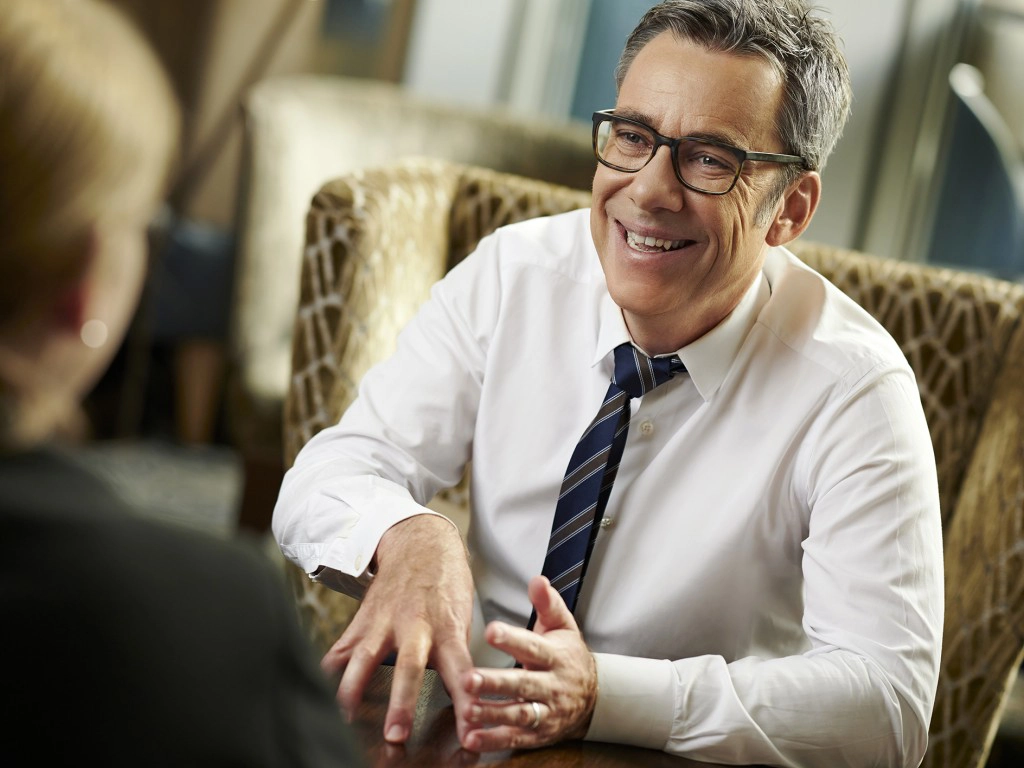
Source: CEENERGYNEWS
Indeed, over the past months, MET has been diversifying its portfolio which now includes roughly 165 megawatts (MW) of renewable projects. Earlier in August, the company signed an agreement to acquire a 100 per cent stake in a 60-megawatt wind park in Bulgaria, following the acquisition of the 42 MW Black Sea Wind Park. Furthermore, at the beginning of the year, the Group completed the acquisition of the Buzsák 77 megawatts-peak (MWp) solar power project, as well as the Gerjen and Söjtör solar power projects together with 91 megawatts-peak (MWp) in a ready-to-build stage in Hungary – and in January MET Group launched PEPO Energy, a 1.2 MW biogas power plant in Serbia. All in line with what is considered as the core of its business strategy: the growth in renewable power generation in the CEE region.
CEENERGYNEWS spoke with Christian Hürlimann about his goals and aspirations for these countries as the new Renewables CEO, as well as the opportunities and challenges presented by a region as diverse as Central and Eastern Europe.
The goal is ambitious: a renewable portfolio of more than 500 MW by 2023 and an additional 500 MW by 2026.
“We look at two areas we want to focus on,” Mr Hürlimann begins. “Acquiring brownfield assets, which means operating assets, ones that are still subsidised and having passed the majority of the subsidy period. And the other angle is to focus on development, with ready-to-build projects that we put into construction and then operation or, if we come in a step earlier developing them either ourselves or in cooperation with local experienced partners.”
Of course, when acquiring a project, there are different risks to evaluate depending on what stage the asset is at.
“When you look at brownfield assets in operation there are no construction risks, everything is established, but you still need to check and make sure that the revenues stream is established and working and that the technology has been maintained properly for the future, which in the case of PV can be up to 30 years,” he explains. “Also, you have to make sure it really fits your portfolio when it comes to diversification.”
That is why MET Group doesn’t focus on one area only, but it takes into account both the operating aspects and the development ones.
In terms of the countries where the company would like to focus more, the acquisition of the wind park in Bulgaria is just a first step for further expansion in the country.
“We also have a strong footprint in Romania from the sales perspective,” Mr Hürlimann underlines. “Other countries we are looking at are those located in South-Eastern and Southern Europe where there are some interesting opportunities as well.”
When it comes to technology, MET Group’s Renewables CEO mentions onshore wind and photovoltaics. For the first one, the company is looking at good wind sites, like those in the Black Sea region. Regarding solar energy, the focus is on bigger size ground-mounted installations.
“We have some good knowledge and very good experience from our Hungarian approach in PV development and our PV engineers, also taking into consideration that this technology can be used in other areas with good solar irradiation like in Southern Europe,” he says. “And PV is usually aligned with onshore wind since their production profiles typically complement each other, being also able to optimise balancing costs.”
And as the opportunities vary, so do the challenges, with countries that are very different from each other.
“As MET Group, we have a good angle in these countries because we have subsidiaries in most of them,” Mr Hürlimann reminds us. “Overall we see a push to renewables that is coming from new EU regulations, from CO2 prices that have been increased, all factors that are pushing for more photovoltaic installations and onshore wind. However, the latter is more volatile, so depending on the project we are working on there are different balancing costs.”
The Fit for 55 package, unveiled by the European Commission this summer, is a clear call for all its Member States to work towards climate neutrality.
“Not only for EU Members but also for other countries where tools like the Carbon Border Adjustment Mechanism (CBAM) are implemented as well,” he goes on. “Renewable projects in non-EU European countries, for example in the Balkan region, could benefit from it.”
Many companies from the CEE region and beyond have started diversifying their portfolios, including more and more renewables, making the sector even more competitive. For Christian Hürlimann, quick and flexible decision-making is crucial in maintaining an advantage compared to competitors, as well as MET Group being an independent, management-owned company with an integrated business model.
“Our challenging 500 MW-goal will be reached with a combination of developing and constructing the projects of the current greenfield pipeline, newly acquired ready-to-build projects as well as brownfield projects,” he concludes. “For the additional 500 MW, more assets in operation will originate from organic growth, meaning from our own project development pipeline.”
